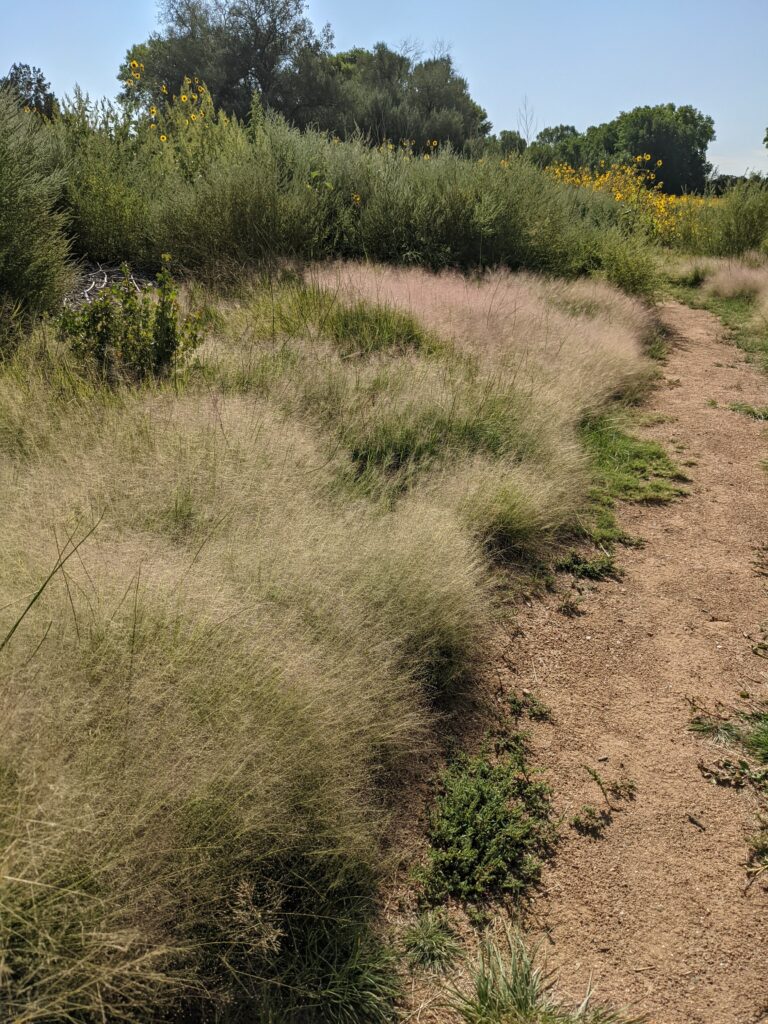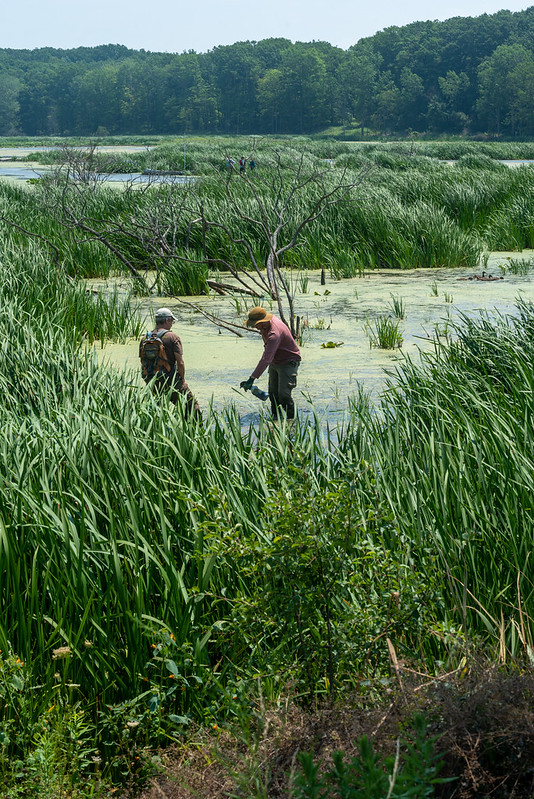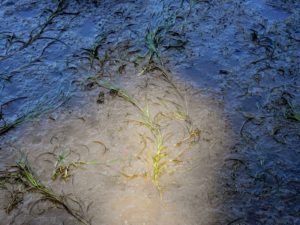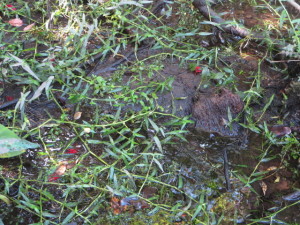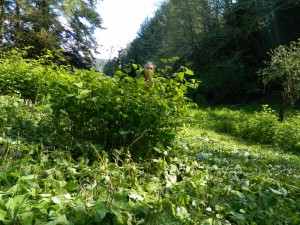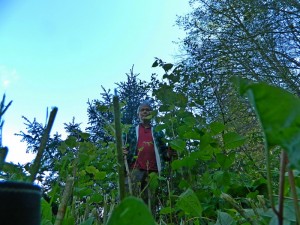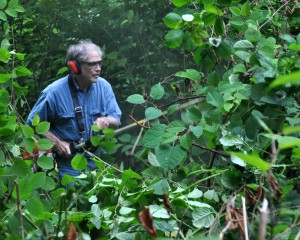I’ve listened to and participated in many discussions about how to outcompete invasive plants using native plant species. Competition could be used to prevent new invasions or to aid in restoration after removing invasive plants. A recent article in Restoration Ecology reports results of a sowing study done in Hungary looking at native grassland species competing against three different invasive plant species. They note that the timing of seed germination of the native and invasive species was similar and that as you might expect, high seeding rates of the native species increased their early competitive ability. A perennial grass species was the most competitive against the three (non-grass) invasive plant species.
Csákvári, E., Sáradi, N., Berki, B., Csecserits, A., Csonka, A.C., Reis, B.P., Török, K., Valkó, O., Vörös, M. and Halassy, M. (2023), Native species can reduce the establishment of invasive alien species if sown in high density and using competitive species. Restor Ecol, 31: e13901. https://doi.org/10.1111/rec.13901

